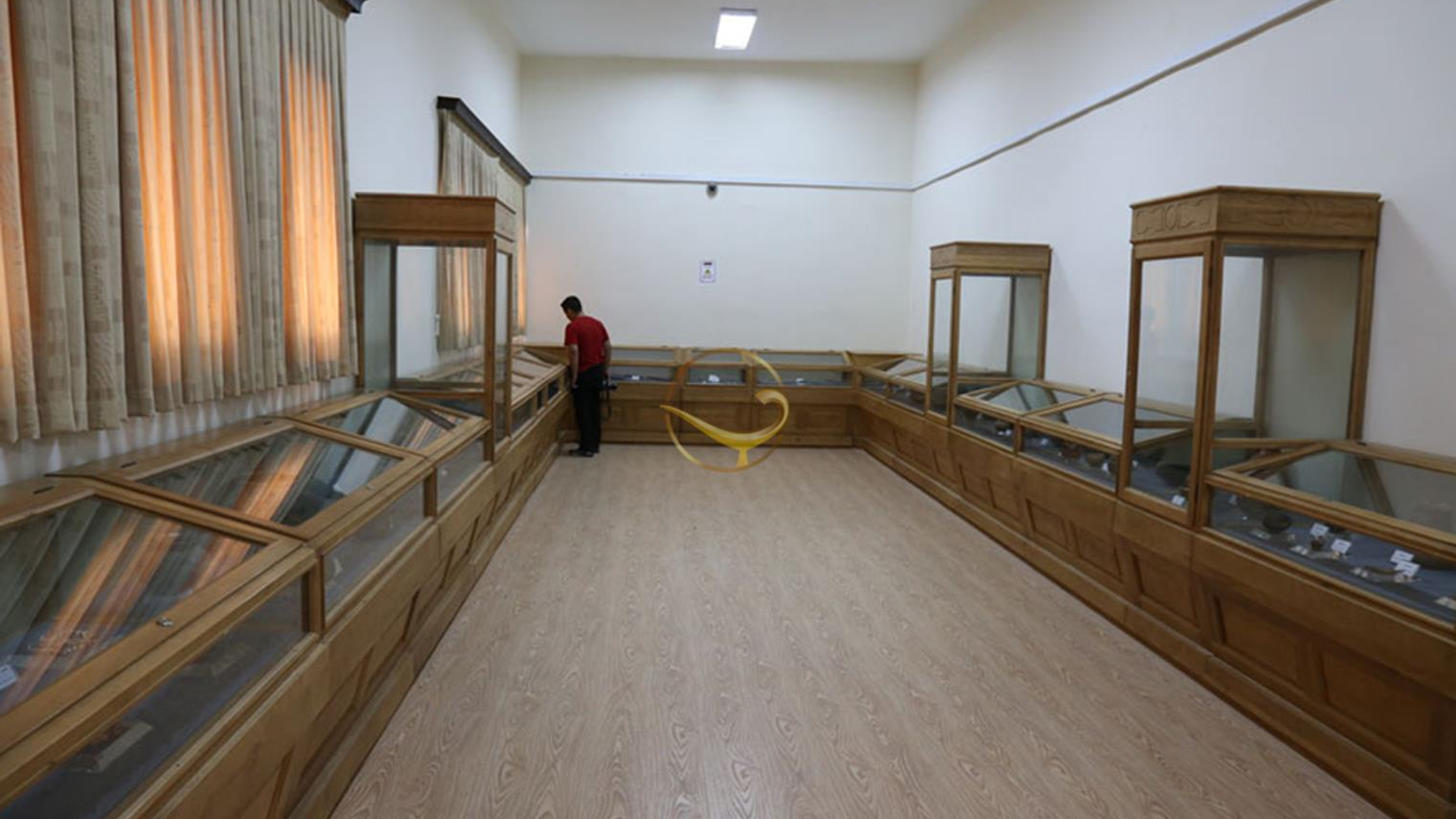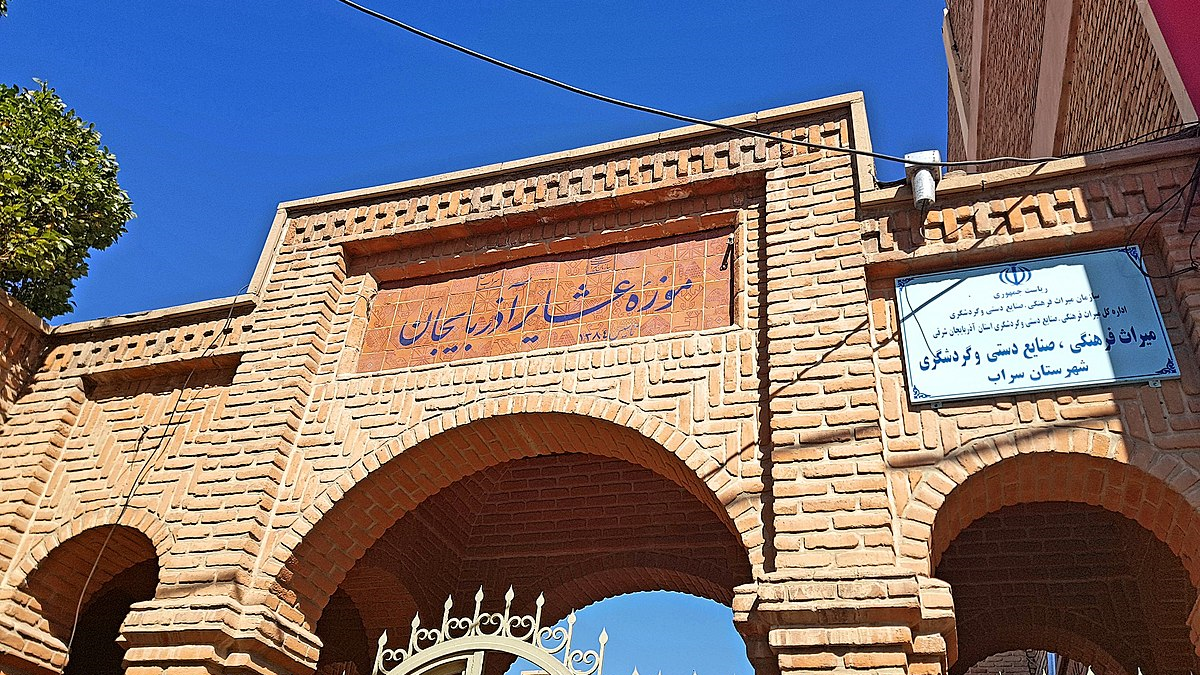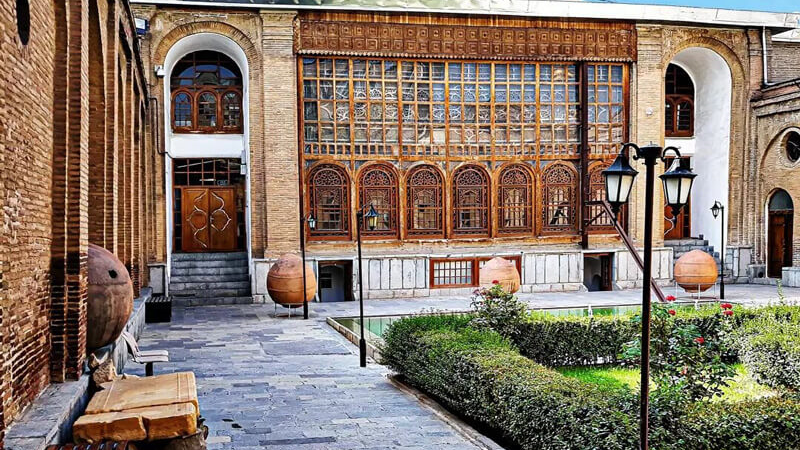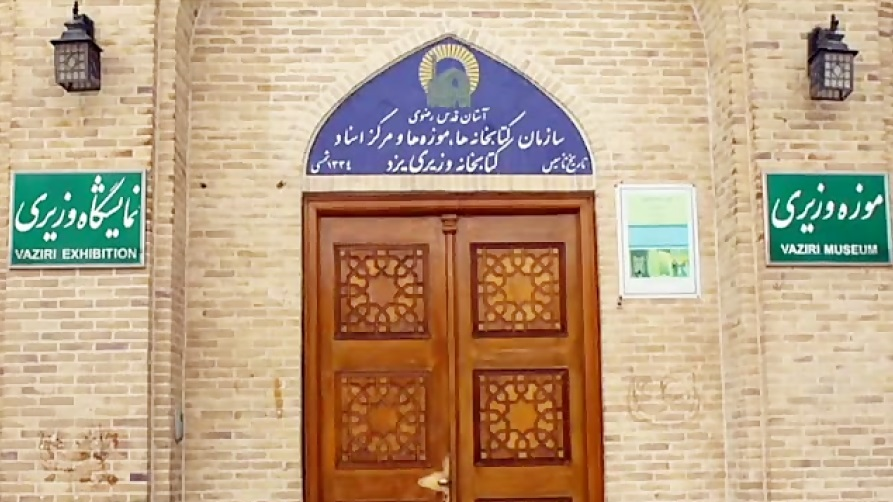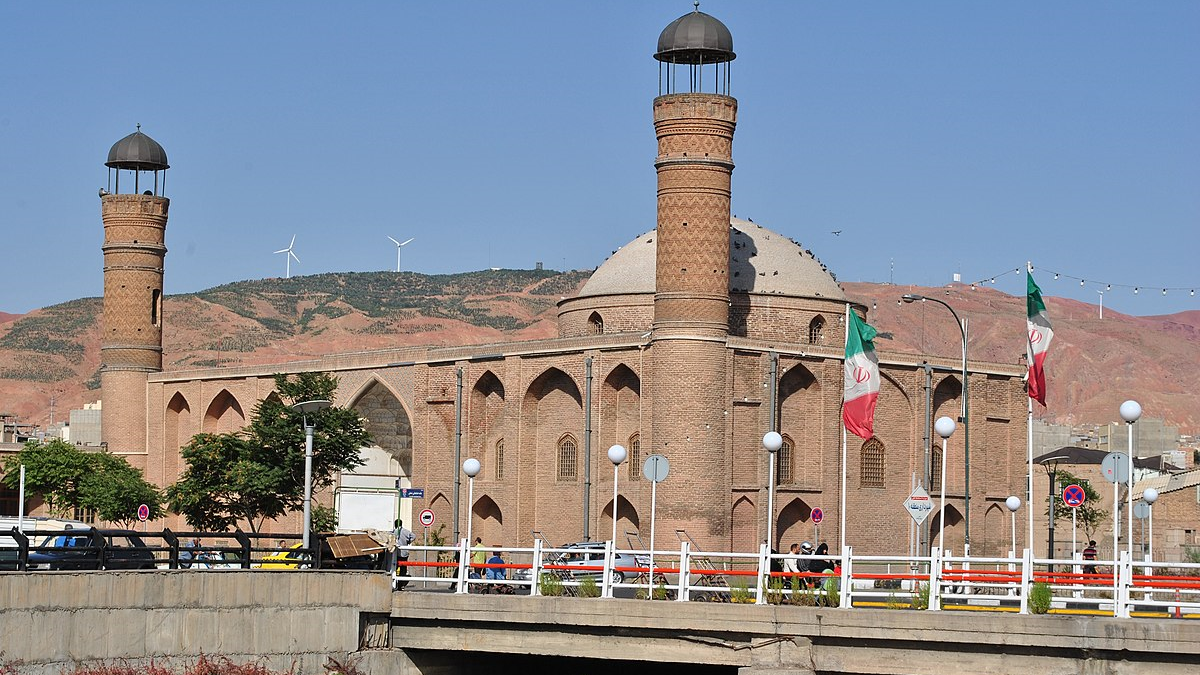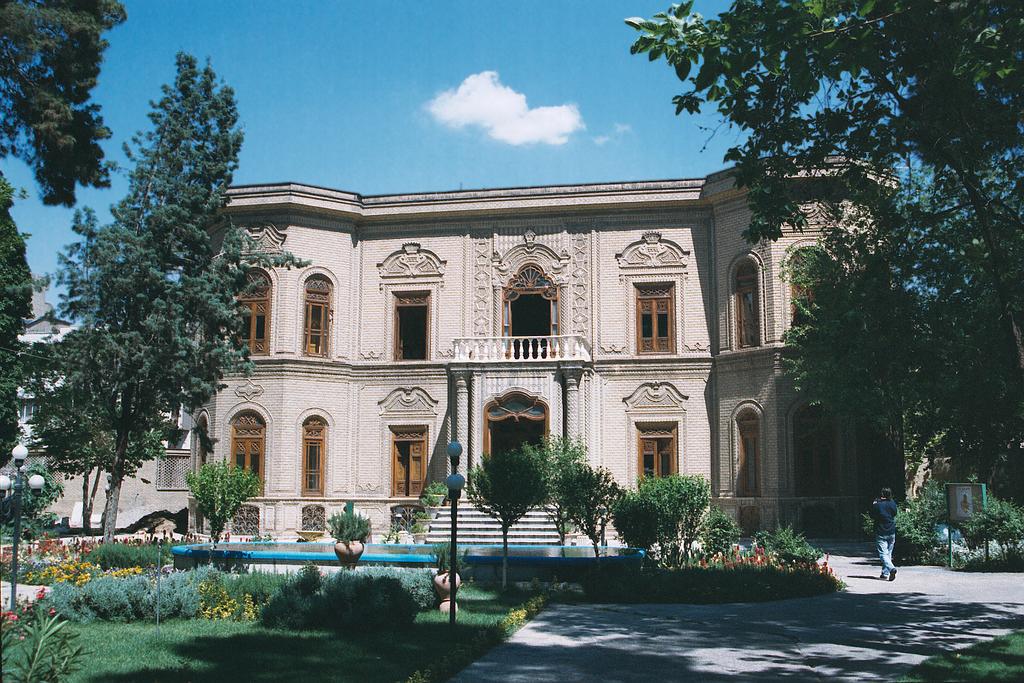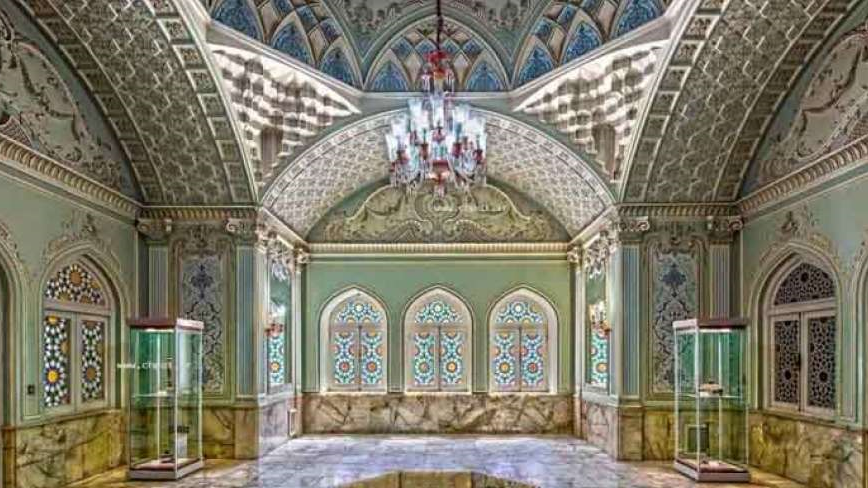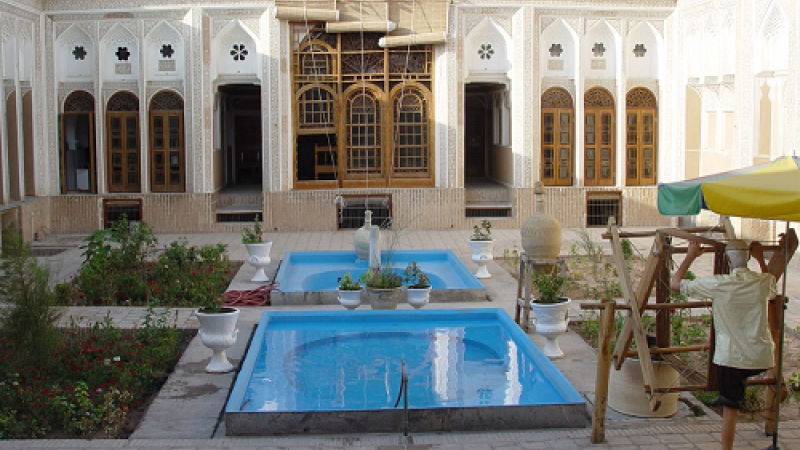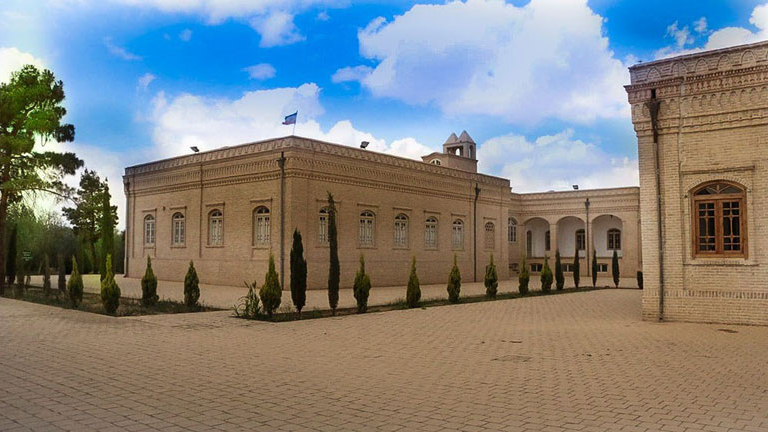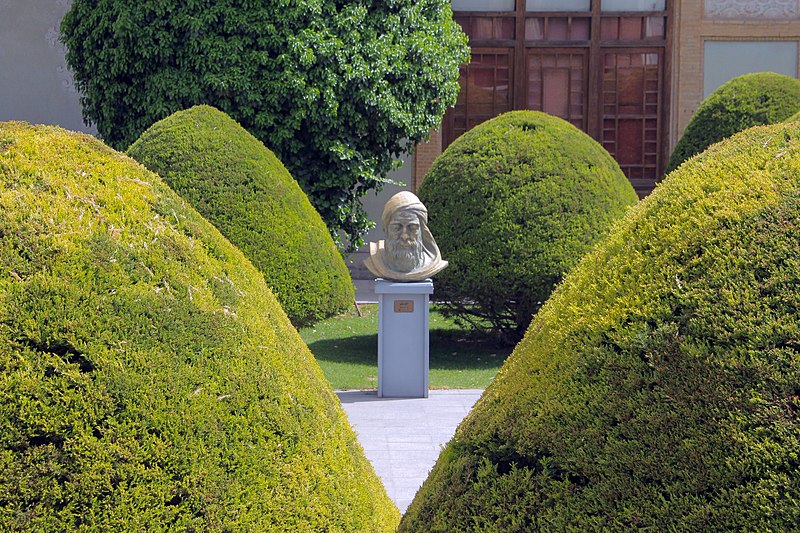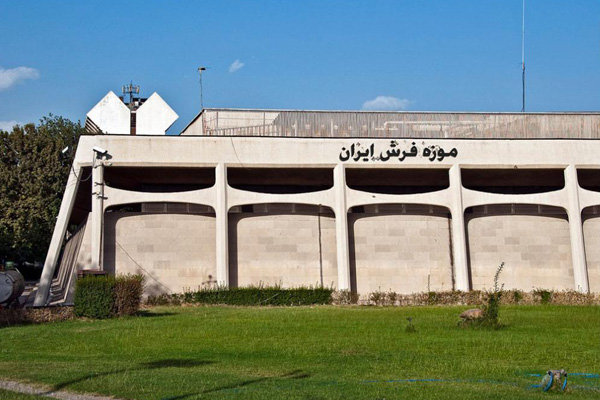
Iran Carpet Museum
The National Carpet Museum of Iran was inaugurated on 11 February 1978 (22 Bahman 1356 in the Iranian calendar). The museum showcases highly valuable carpets from all over Iran, crafted by renowned Iranian artists. Its establishment aims to research the history, techniques, and historical quality of Iranian carpet art and craftsmanship. The museum also features other related products, such as kilims.
The museum building covers an area of 3,400 square meters, and its exterior decorations resemble a carpet loom. The building contains two halls and is used to display various handwoven carpets and kilims. The ground floor is dedicated to the permanent exhibition of 150 carpets, while the second floor is reserved for temporary and seasonal exhibitions.
The museum building covers an area of 3,400 square meters, and its exterior decorations resemble a carpet loom. The building contains two halls and is used to display various handwoven carpets and kilims. The ground floor is dedicated to the permanent exhibition of 150 carpets, while the second floor is reserved for temporary and seasonal exhibitions.
The museum's library houses approximately 3,500 books in Persian, Arabic, French, English, and German, available to art enthusiasts and researchers.
In the Iran Carpet Museum, various kilims and handwoven carpets are preserved and maintained according to their quality and age, considering the characteristics of Iranian carpets in terms of coloring, design, pattern, weaving, and regional diversity. The museum’s collection includes the most valuable examples of Iranian carpets from the 9th century AH to the contemporary period and serves as a rich research resource for scholars and art enthusiasts. Around 135 masterpieces of Iranian carpets, woven in major carpet-weaving centers such as Kashan, Kerman, Isfahan, Tabriz, Khorasan, Kurdistan, and others, are exhibited in the ground-floor hall.
The Iran Carpet Museum consists of two sections: a permanent museum and an exhibition hall. The permanent museum houses 150 valuable and historical carpets.
One of the notable features of the Iran Carpet Museum is a unique and valuable handwoven carpet from Kashan, measuring 130 × 220 cm, known as the Mirza Kuchak Khan Jangali carpet, which depicts this national clerical figure in military attire, armed with a rifle and a pistol, with an ammunition belt. In the medallion above Mirza’s image, an inscription bearing the name of the Melamohammad workshop can be seen, indicating that the carpet was likely woven in the final years of the Qajar period.
The finest knotted carpet in the museum belongs to the Omou Oghli workshop, which was active during the Pahlavi court era. Many carpets produced in Omou Oghli’s workshops are currently housed in the Sa’dabad and Niavaran Palaces. The museum’s most finely knotted carpet, featuring 120 knots per inch and an all-over floral (Afshan) design, is on display in the museum’s permanent exhibition.
The kilim titled “Mihrab Design Depicting Jesus (PBUH) with the Apostles,” woven in Kurdistan, is another exceptional piece in the Carpet Museum of Tehran. Its main golden background features Jesus (PBUH) alongside three of his apostles, surrounded by other decorative motifs.
Iranian carpets have long been regarded as one of the most authentic art forms, encompassing a wide range of beautiful designs and motifs. Among these varied patterns, pictorial carpets hold a special place. The weaving of such carpets resumed in the late 9th century AH and continues to this day. This exhibition features examples of pictorial carpets from the Bāysanghori Shahnameh, which depict elements of Iran’s rich literature, mythology, religion, culture, and art. All of these works were created in Master Mousavi Seerat’s workshop, with the collaboration of young Iranian artists, the master’s refined taste, and computer-assisted technology.
The carpets and kilims from the five regions of Kurdistan—including the cities of Sanandaj, Bijar, Kakaber, and Sonqor—are renowned for their beautiful and high-quality weaving, heavy textures, and highly attractive double-weft woolen carpets. The Carpet Museum houses many pieces from this region, among which the “Toranjdār Tūsbagh” design, woven in Seneh in the late 13th century AH, is particularly notable.
The “Herati” or “intertwined fish” pattern is another unique carpet in the Carpet Museum. This carpet is the only one in the museum that depicts a realistic image of fish. In Herati carpets, fish motifs are usually small, curved, and shaped like an artichoke leaf. This design has roots in Iranian culture and beliefs, dating back to the era of pre-Zoroastrian Mithraism. At that time, before Zoroaster became the prophet of the Iranians, Mithraists believed that Zoroaster, seated on a lotus, was guided to the water’s surface by four fish. This is why fish motifs are frequently seen in the designs of carpet weavers from that period.
| Name | Iran Carpet Museum |
| Country | Iran |
| State | East Azerbaijan |
| City | Azarshahr |
| Type | Artistic |
| Website | http://www.carpetmuseum.ir |
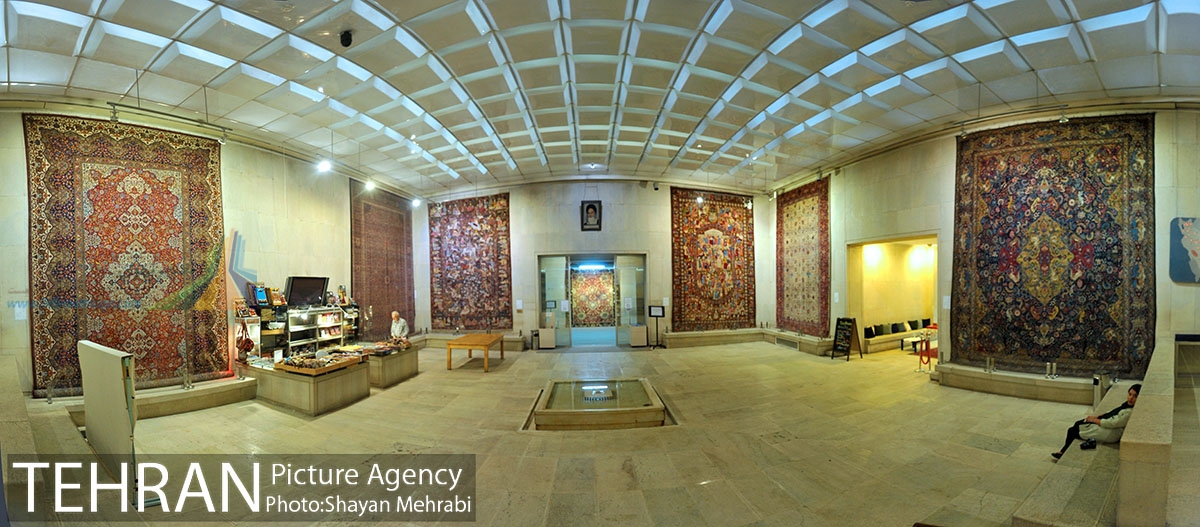
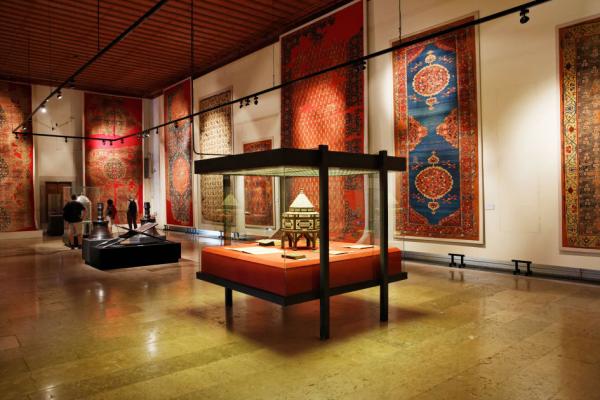
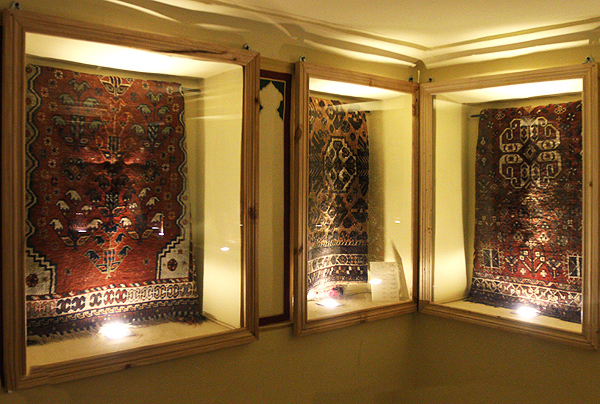
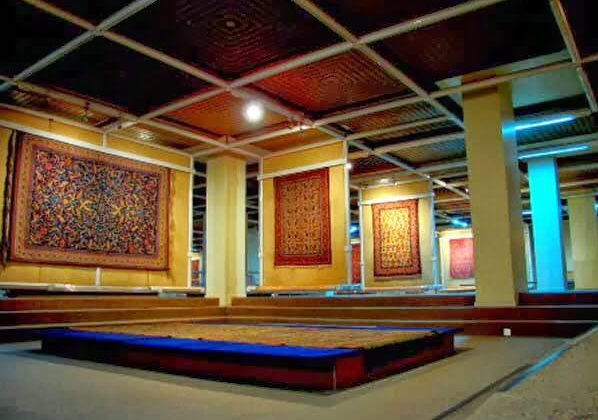
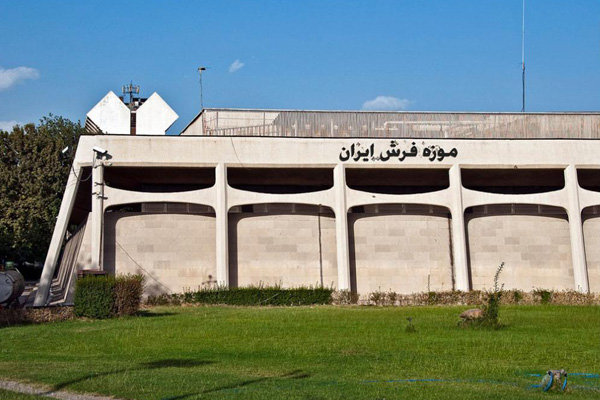
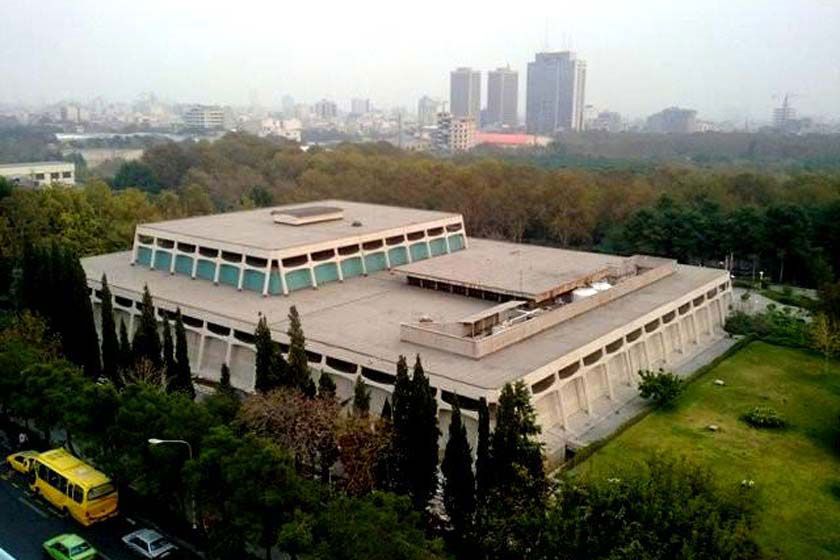
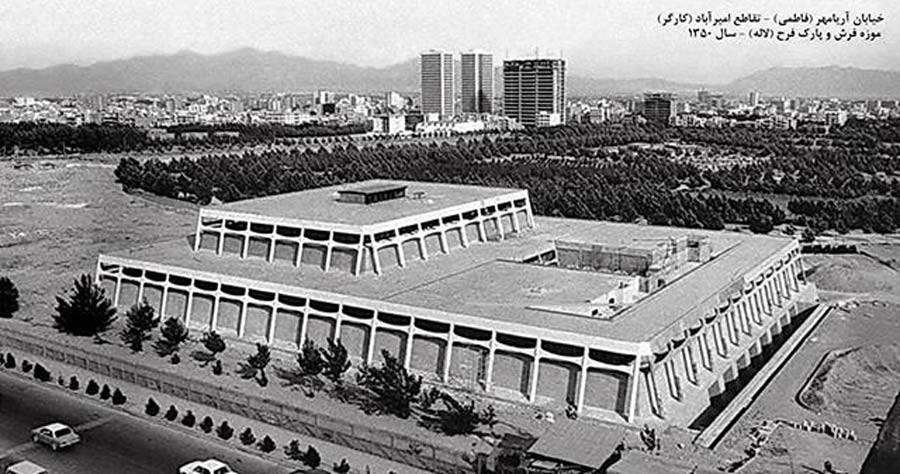
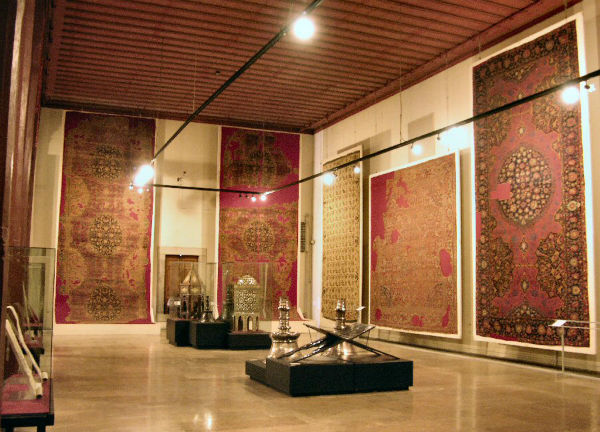
_1.jpg)
_1.jpg)
_1.jpg)
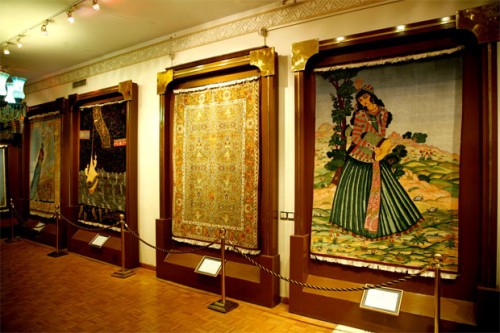








_1.jpg)
_1.jpg)
_1.jpg)

Choose blindless
Red blindless Green blindless Blue blindless Red hard to see Green hard to see Blue hard to see Monochrome Special MonochromeFont size change:
Change word spacing:
Change line height:
Change mouse type:
